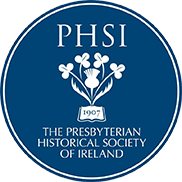When thirteen hundred Presbyterians sat down for a ‘Conversazione’:
THE CENTRAL PRESBYTERIAN ASSOCIATION
At the end of the 19th century when the industrial city of Belfast had rapidly expanded, a need was felt for educational and recreational venues, especially for young men, and so the Central Presbyterian Association (CPA) was founded on 21st of September 1882, as described in a little book by Robert Johnston, The Story of the Central Presbyterian Association, Belfast, 1882-1932 (Belfast: [1932]). Johnston was elected to the Governing Body in 1901 and had taken a great interest in the work of the Association.
The Association’s first premises were in Donegall Place but a move was made a year later to 12 May Street, then to the new Church House (Assembly Buildings), and after the First World War to the War Memorial Building in Howard Street. The names of the first Committee included the Rev Professor Leitch (Assembly’s College), Rev James Heron (Moderator 1901-2), J. P. Corry and Thomas Sinclair.
Initially, there were 2 categories for membership fees - the annual subscription was one pound for members residing at or within ten miles of Belfast and ten shillings for those outside that area. In addition, every new member was required to pay an entrance fee of ten shillings. To encourage younger men to join, sons of members were permitted to use the News-Room where they could consult newspapers and periodicals free of charge and any young man in connection with the Presbyterian Church was admitted to the News-Room on payment of seven shillings and sixpence annually without an entrance fee.
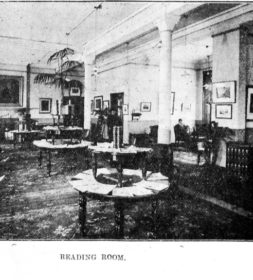 |
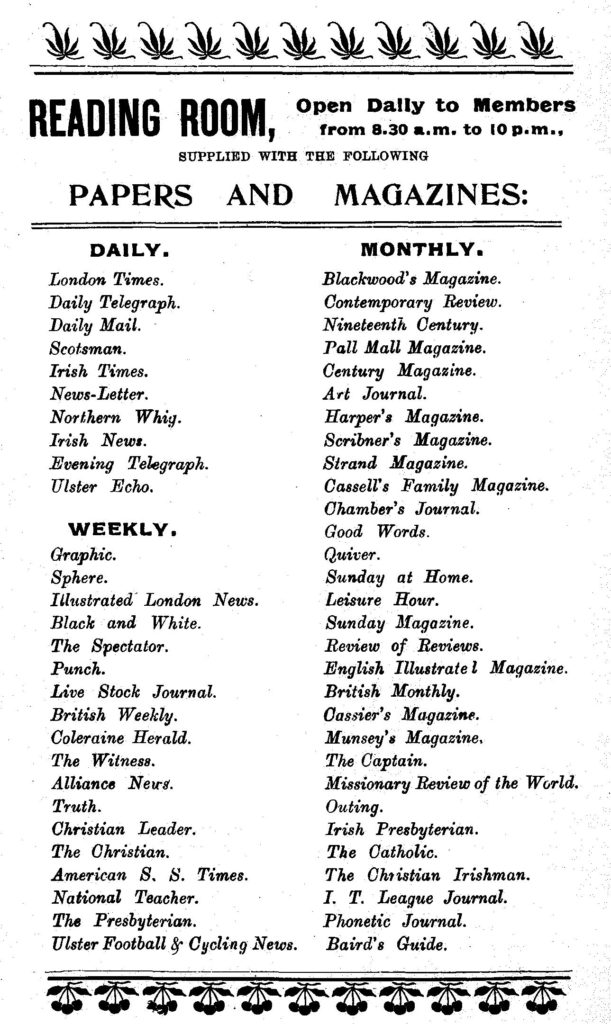 |
A strange curiosity was afforded to the first caretaker who, shortly after his appointment, was given a cap with the name of the Association, presumably so that he could be clearly identified.
Early facilities were a library and newsroom which housed an astounding variety of newspapers and magazines, and a Literary and Debating Society, and there were of course Bible classes, mainly taken by eminent Presbyterian ministers, but soon secular subjects were also available, including English, maths, sciences, geography and foreign languages – French, German – and even elocution classes, a Sabbath School Teachers’ class and classes for the study of ethics and moral philosophy.
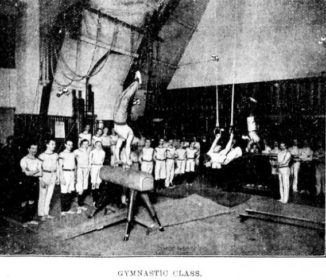 |
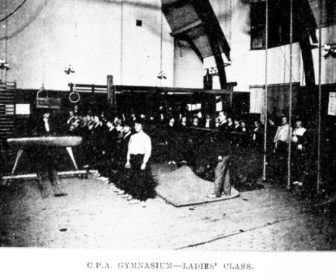 |
All sorts of recreational activities were organised – over the course of time there were clubs for billiards, photography, cycling, ramblers, football, ping-pong, swimming and life-saving, rifle, miniature rifle, chess and music and choirs as well as a gymnasium for men, ladies and children. Every conceivable recreational and sporting activities were catered for. In 1906 the new gymnasium in Assembly Buildings had 460 people enrolled with displays being held in the Assembly Hall.
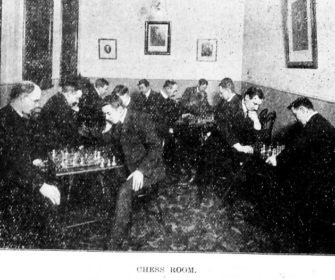 |
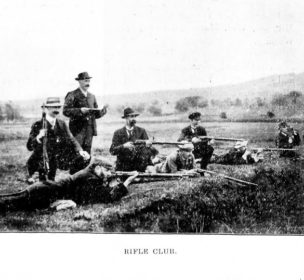 |
The many visiting speakers, such as the writer Archibald McIlroy, would often illustrate their talks with magic lantern slides but it was not long before the CPA had its own camera club, and then a film club.
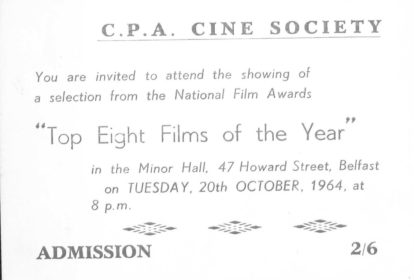
Our Presbyterian forerunners were enterprising people and for an annual outing the CPA members were not always content with a trip to Newcastle or Portrush. Often they crossed to Scotland for the day, even in stormy weather. Ayrshire and the ‘Burns Country’ were favourite areas to explore. Another annual highlight was the social evening, or ‘conversazione’, at the Ulster Hall, though it is hard to imagine how the ladies coped with serving tea and buns to thirteen hundred members.
Women were admitted to the CPA already in 1882, but only to certain limited facilities. Presbyterian attitudes to women at the beginning of the 20th century (and also the prevalent prose style) can be gauged from Johnston’s account of a new cycling club which ‘arranged for Saturday afternoon runs, the limits of the expedition being fitly regulated by the length of the days. Occasionally, as a special treat, a mixed run was arranged, and a jolly tea meeting refreshed and enlivened the harmonious company... The ladies achieved fair success as cyclists and for adorning a tea-table they could not be surpassed’ (p.32). Probably a Rifle Club, also established in 1901, was for men only. In due course it produced ‘a good number of efficient marksmen’ (p.32). A photo of the 1905-06 CPA Committee shows that it too was a male preserve.
Unfortunately, not much information about the CPA itself seems to have survived, and Johnston refers already in 1932 to missing records (p.17). The Presbyterian Historical Society holds copies of the CPA Magazine from 1900 to 1919 and minutes from 1915 to 1944.
Eddie Connolly has made very useful transcripts of CPA newspaper reports listing CPA members who enlisted in the First World War and those who died (see eddiesextracts.com). A database of some of this information also appears on the Society’s website.
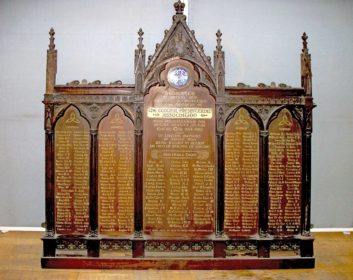
The Society’s Librarian and Archivist would much appreciate information about the whereabouts of any other surviving material or about the CPA’s subsequent fate. What we have does provide a very rich means of exploration into the vanished way of life of Ulster Presbyterians of a century ago.
Bibliography:
The Story of the Central Presbyterian Association, Belfast, 1882-1932, by Robert Johnston
We are grateful to Dr Colin Walker, a member of the Society’s Council, for drawing our attention to the CPA and for permitting us to use the text of his article which has been edited for this website.
